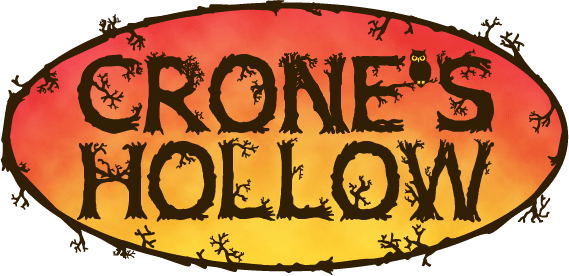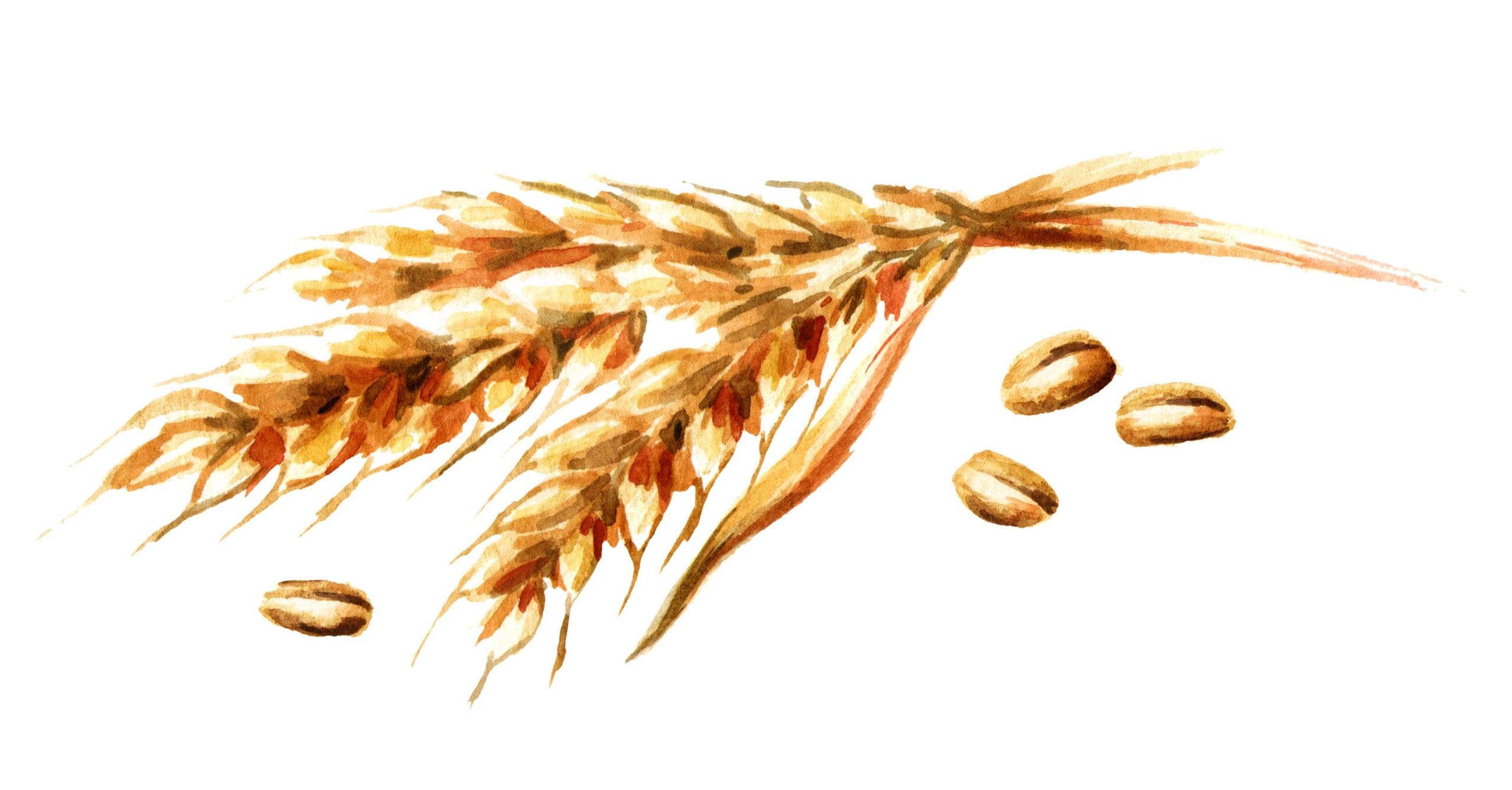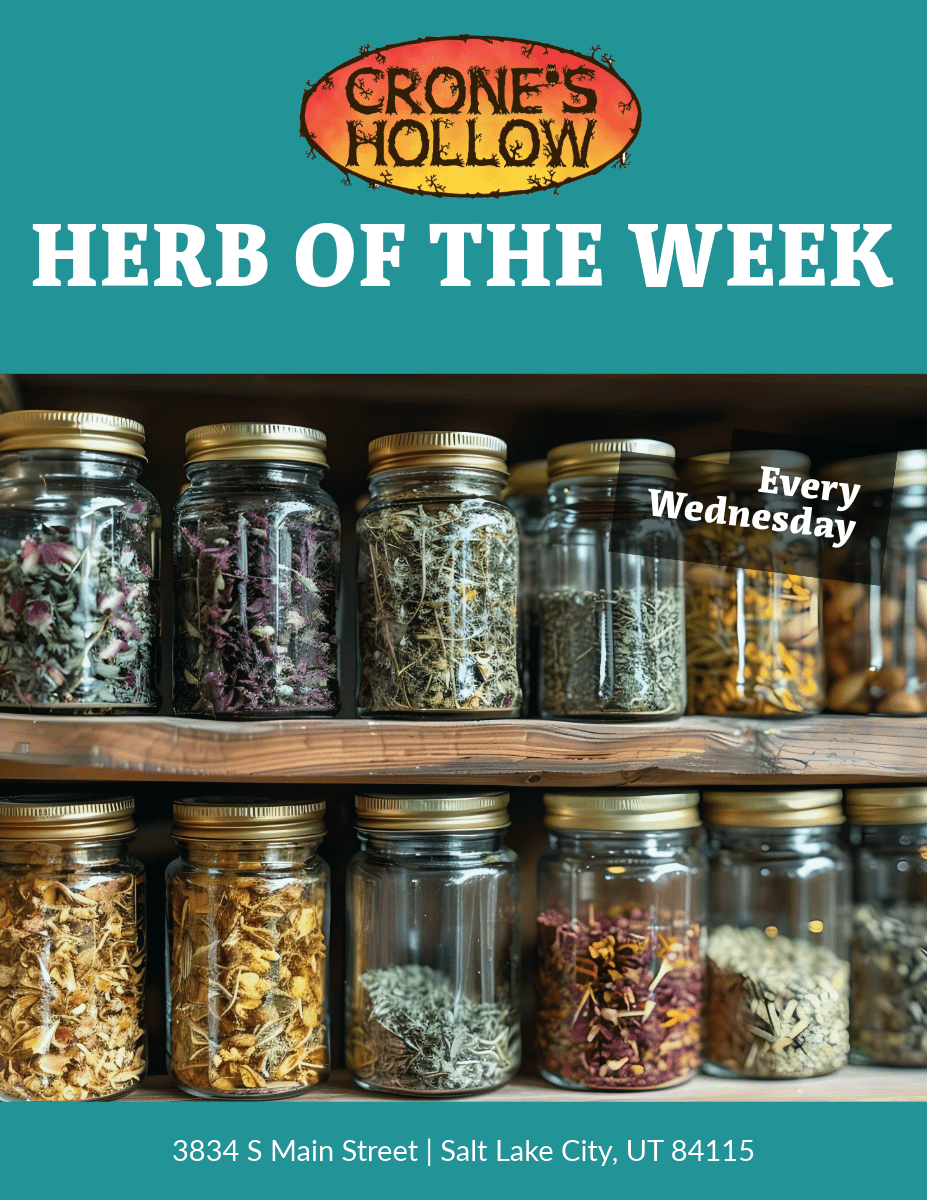Imbolc occurs approximately February 1. It is one of the eight sabbats celebrated by many Pagans on the Wheel of the Year. It is one of the “fire sabbats”, meaning that the element of fire plays a large part of the lore of the celebration.
Imbolc, also known as Imbolg, Oimelc, Candlemas, or St. Brigit’s Day, is a day to honor the goddess Brighid, the patroness of Smithing, Healing & Poetry.
The world Oimelc means “ewes milk” and is associated with the birth of lambs in early Spring. The coming of the milk meant that Spring was around the corner and winter diets which consisted of dried foods and very little meat could be enhanced with milk and soft cheeses. This time of year was a good cause for celebration and reverence to the gods who brought such bounty.
It is the beginning of new cycles and in some traditions is the time for the birth of the Sacred King, an archetypal godform.
Imbolc is a celebration of many things to many people, but one thing is clear—for folks in the Northern Hemisphere, it’s the halfway point between the dark of winter and the beginning of spring. The Roman celebration of Lupercalia, which takes place around this same time, brings with it a purification theme, as does the Christian celebration of Candlemas. This festival of light is the perfect time to honor the gods or goddesses of your hearth and home.
- Brighid, Brigid, Bride
- Arianrhod
- Hestia
- Vesta
- Cerridwen
- Eros
- Faunus/Pan
- Aphrodite
- Bast
Setting up an Imbolc Altar
Setting up an imbolc altar can be done by visualizing a fresh start—something pristine. The altar could be covered with a white cloth, symbolizing the white mantle of snow outside. Add a green swath of fabric for Brigit’s green cloak or red candles to symbolize the ascendancy of the Sun. White candles are often used as well for purity and new beginnings. Since this sabbat is often associated with Brigid, add a few items which honor the Smith, Poet and Healer; perhaps a journal of your poetry or an offering of dried healing herbs from the Crone’s Hollow apothecary. You might also add a small cauldron with an alcohol flame to symbolize the forge or a few oils or tinctures you have created.
A statue of Brigit or a white star goddess is a nice central figure. You can also add some wheat weaving or corn dollies as offerings to the flame during your Imbolc ritual. Round out a silver and white theme with silver chalices and moonstones. Add fragrant incense, such as myrrh, frankincense, or one of the hand blended loose incenses created at the Hollow for a nice finishing touch.
If you have questions about setting up an Imbolc altar, ask one of the friendly Witches on the Crone’s Hollow staff. We’ll be happy to help!



